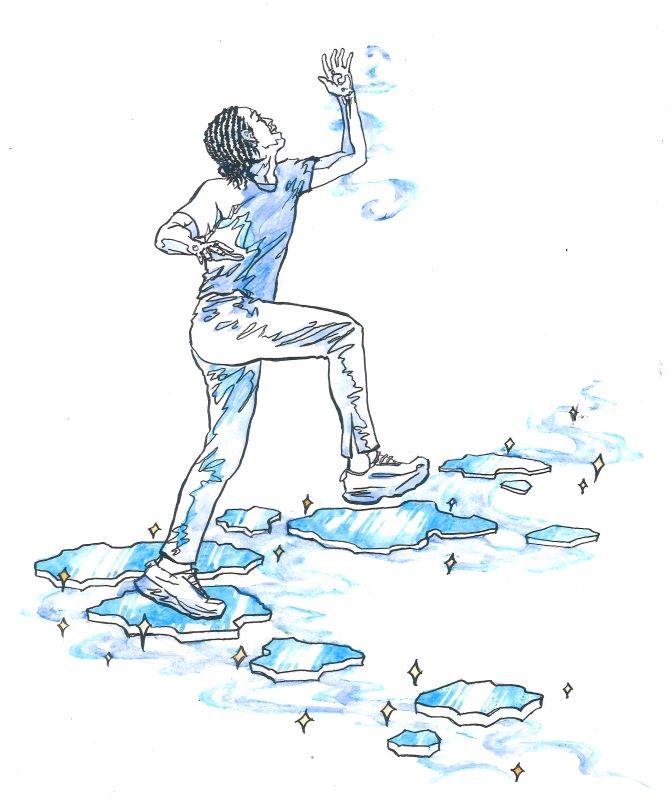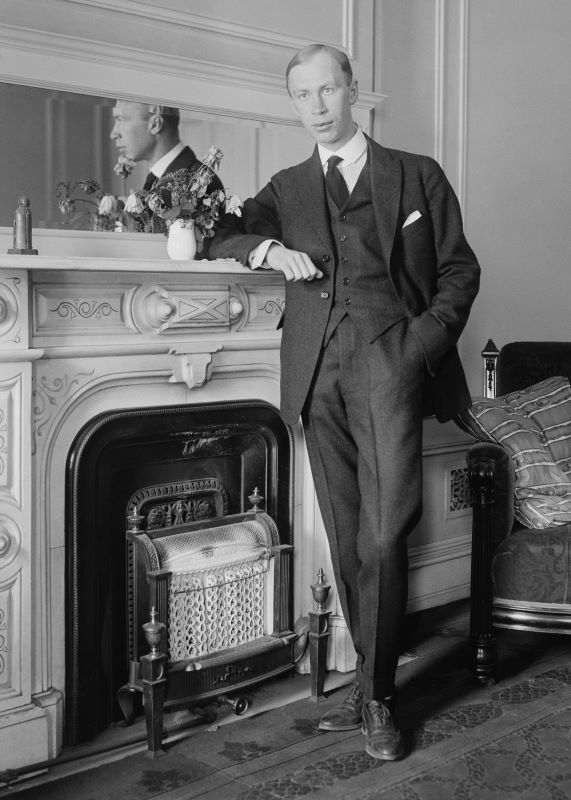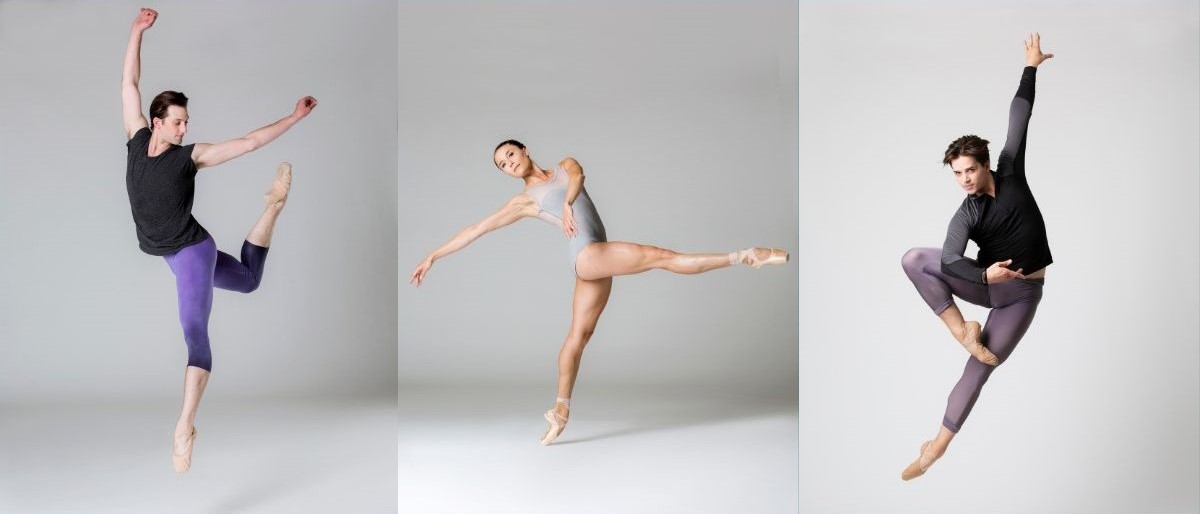Artistic Director’s Notebook: Place a Chill, Pacific, The Piano Dance, Concerto DSCH
I love a world premiere. During my twenty-two years as a dancer with New York City Ballet, I was a part of thirty-three premieres, working with the likes of Jerome Robbins, Twyla Tharp, Ulysses Dove, and Christopher Wheeldon. Every time I spotted my name on a rehearsal schedule for a new work, I wondered whether this work might be the next Agon. Well, it wasn’t. Every now and then, something exciting was born, though more often than not we had a clunker on our hands. Nonetheless, I savored the process—finding the step, adding the phrasing, working out the details with a partner, collaborating, or just being the paint on the artist’s brush. Recently, I watched Marco Goecke craft phrases for Ezra Thomson, and it occurred to me that this moment of creation is perhaps the apex of our profession. It is also the constant, highlighting a connective chain of creation linking Ezra and Marco’s work on Place a Chill to 1841, when ballerina Carlotta Grisi first entered a studio with choreographer Jules Perrot to begin work on a ballet called Giselle. We continue to create new work. We must. It is how our profession grows, advances, and thrives.
All four works on the program are relatively recent creations. The veteran work, Pacific, hasn’t reached its sixteenth birthday yet. Created by Mark Morris for San Francisco Ballet in 1995 as part of the UNited We Dance Festival, marking the fiftieth anniversary of the signing of the United Nations Charter, the work resonates with a quiet power. Restaged beautifully for us by Tina Fehlandt, it is a work that I like to see several times, as each viewing offers more dimension. Images of waves flow from liquid limbs, vibrant skirts, and flowing musical passages. Mark’s respect for musical composition is evident in everything he creates.
Paul Gibson is a hero behind the scenes at Pacific Northwest Ballet. He is one of the best ballet masters I’ve worked with, able to offer both clarity and insight. He does it without ego or emotion. He is a favorite teacher and manages to successfully sort through the enigma that is our daily rehearsal schedule. As if that’s not enough, he also has a gift for choreography. Before I took this job, I saw The Piano Dance and thought it beautifully crafted and a perfect showcase for dancers. Paul has a new creation scheduled for our School Performance this June.
I commissioned a work from Marco Goecke for Peter Boal and Company in 2004. I remember Marco asking if the dancer could drag a running chain saw across the stage. I said no. Marco’s work had not been seen in this country at the time and I didn’t know if the chainsaw would help with the introduction. Mopey made quite a splash at the premiere, even without a tree-cutting device. Some loved it, some didn’t. Everyone had an opinion. Since then, Marco’s career as a choreographer has exploded, having choreographed for Norwegian National Ballet, Les Ballets de Monte Carlo, Hamburg Ballet, and Stuttgart Ballet, where he currently serves as resident choreographer. Marco’s genius comes from detail. Movements flutter so quickly that they appear to be random, and yet each is intricately scripted. Drawing inspiration for Place a Chill from the brilliant musicianship of cellist Jacqueline du Pre, Marco offers his signature upper body work to the Camille Saint-Saëns Cello Concerto No. 1.
New York City Ballet has been a champion of commissioning choreography since its inception. George Balanchine and Jerome Robbins led the charge, with equal devotion to the cause from current Artistic Director Peter Martins. Commissioned in 2008, Alexei Ratmansky’s Concerto DSCH is one of the finest neoclassical premieres of the last decade. With simple, effective costumes designed by Holly Hines and a robust score by Dmitri Shostakovich, this work is pure abstract dance laced with humor and pathos. Dancers are allowed to show off technique and reveal artistry. Alexei’s work is everywhere, having recently created a new production of The Nutcracker for American Ballet Theatre, where he currently serves as resident choreographer. A spectacular production of Don Quixote for the Dutch National Ballet premiered last year, with stunning sets and costumes by Jerome Kaplan (Roméo et Juliette). Watch for this exciting work on our stage next year.
I want to offer a word of appreciation for two of our costume designers. Martin Pakledinaz is represented in this program with costume designs for Pacific that literally create choreography from fabric. We’ve just applauded his designs for Cinderella and will sing his praises again in April’s A Midsummer Night’s Dream. His range is remarkable and his use of color sublime. Mark Zappone’s designs appear in four works this season and two works on this program. Mark’s a homegrown talent, having worked for PNB in our costume shop on and off since 1983. His designs are seen in San Francisco and Portland as often as they are at the McCaw Hall. He’s offered “brilliance on a budget” time and time again and his contribution to our repertory has been profound.
We take great pride in being able to present a wealth of new works, contemporary works, and treasured classics. The balance of both challenges and enchants audiences and artists alike. It is this balance that defines PNB.

Peter Boal
Featured photo: Seth Orza and PNB Company dancers in Alexei Ratmansky’s Concerto DSCH. Photo by Angela Sterling.


